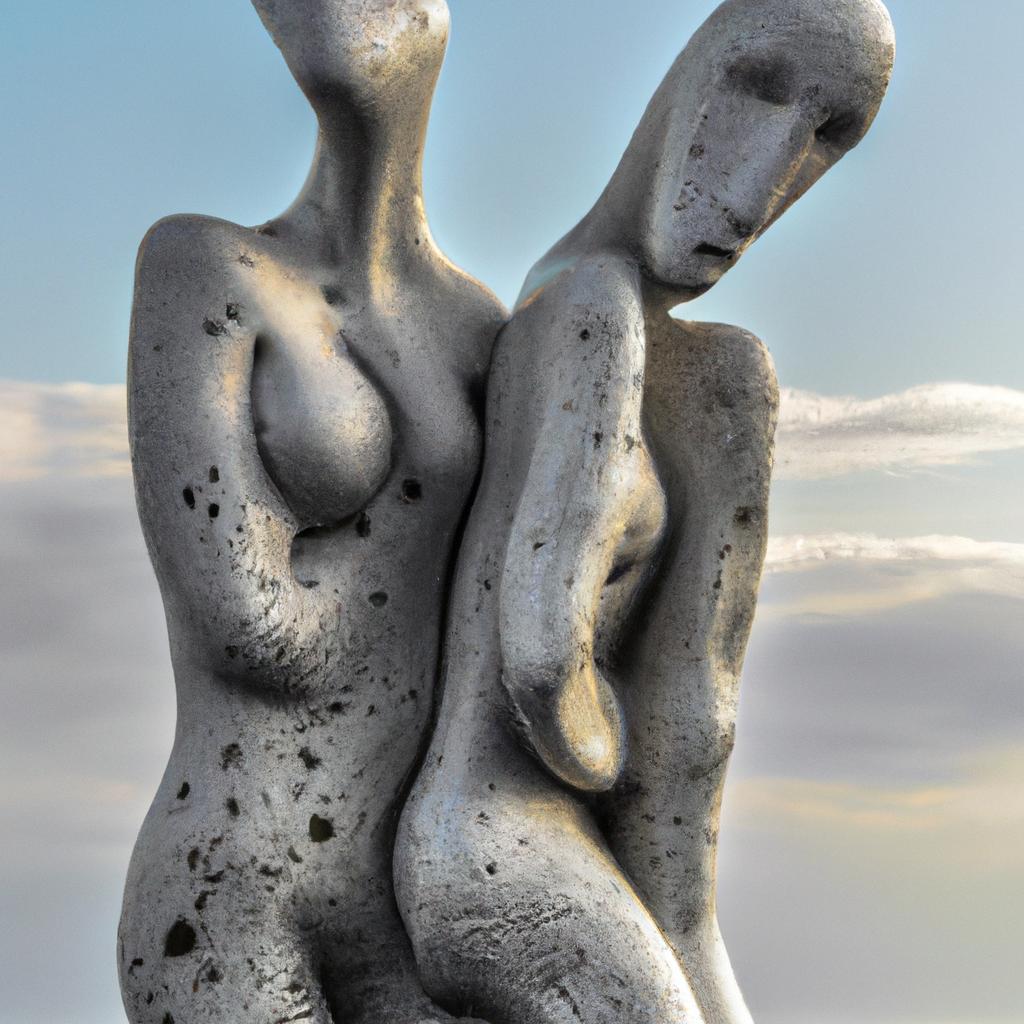Tamara Kvesitadze, a renowned artist from Georgia, has captivated audiences worldwide with her thought-provoking sculptures and installations. Through her unique artistic vision, Kvesitadze explores profound themes such as identity, human relationships, and the intricacies of the human psyche. At the heart of her artistic repertoire lies the iconic “Man and Woman” sculpture, a symbol of her profound exploration of gender dynamics and her significant contribution to contemporary art.
Kvesitadze’s approach to sculpting sets her apart as one of the most influential artists of her generation. Her creations depict human figures in various emotional states and interactions, employing body language and facial expressions to convey deep meaning. Her work possesses an emotive quality that draws viewers into a world abundant with complex emotions and intricate relationships.
Born in Tbilisi, Georgia, in 1968, Kvesitadze studied at the Tbilisi Academy of Arts before furthering her artistic journey at the Academy of Fine Arts in Munich, Germany. Her work has graced galleries and museums across the globe, including prestigious venues such as the Museum of Modern Art in Tbilisi, the Venice Biennale, and the Moscow Museum of Modern Art.
Kvesitadze’s artistic style is characterized by rich symbolism and metaphor. Her sculptures and installations delve into complex themes such as love, identity, and the human condition, employing visual cues to convey profound messages. Guided by her cultural background, she draws inspiration from Georgian folklore, mythology, and literature.
“Man and Woman” Art Installation
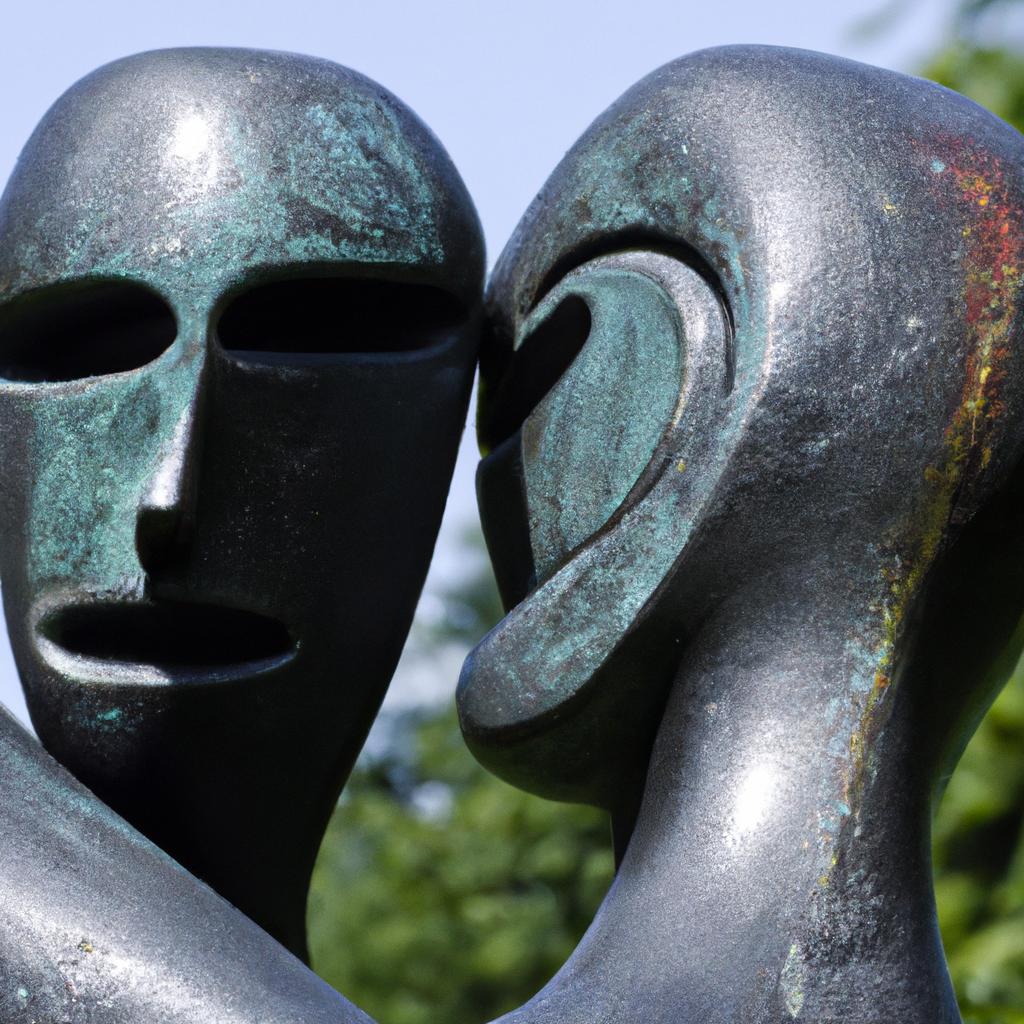
At the heart of Kvesitadze’s artistic expression stands the awe-inspiring “Man and Woman” sculpture. Standing tall at 8 meters, the sculpture portrays two human figures crafted from metal mesh. Facing each other, their heads merge into a singular form at the center. Situated in the picturesque coastal city of Batumi, Georgia, this sculpture has become an iconic landmark, attracting visitors from all corners of the world.
The deliberate construction and placement of the sculpture create a sense of movement and interaction. Positioned on a rotating platform, the figures sway towards each other before retreating once more. This dynamic movement, coupled with the merging of their heads, serves as a striking visual metaphor for the complexities and tensions inherent in human relationships.
“Man and Woman” epitomizes Kvesitadze’s artistic vision and her exploration of gender and the human condition. Its distinctive construction and emotive quality have turned it into a cherished destination for tourists and art enthusiasts worldwide.
Reception and Criticism of “Man and Woman”
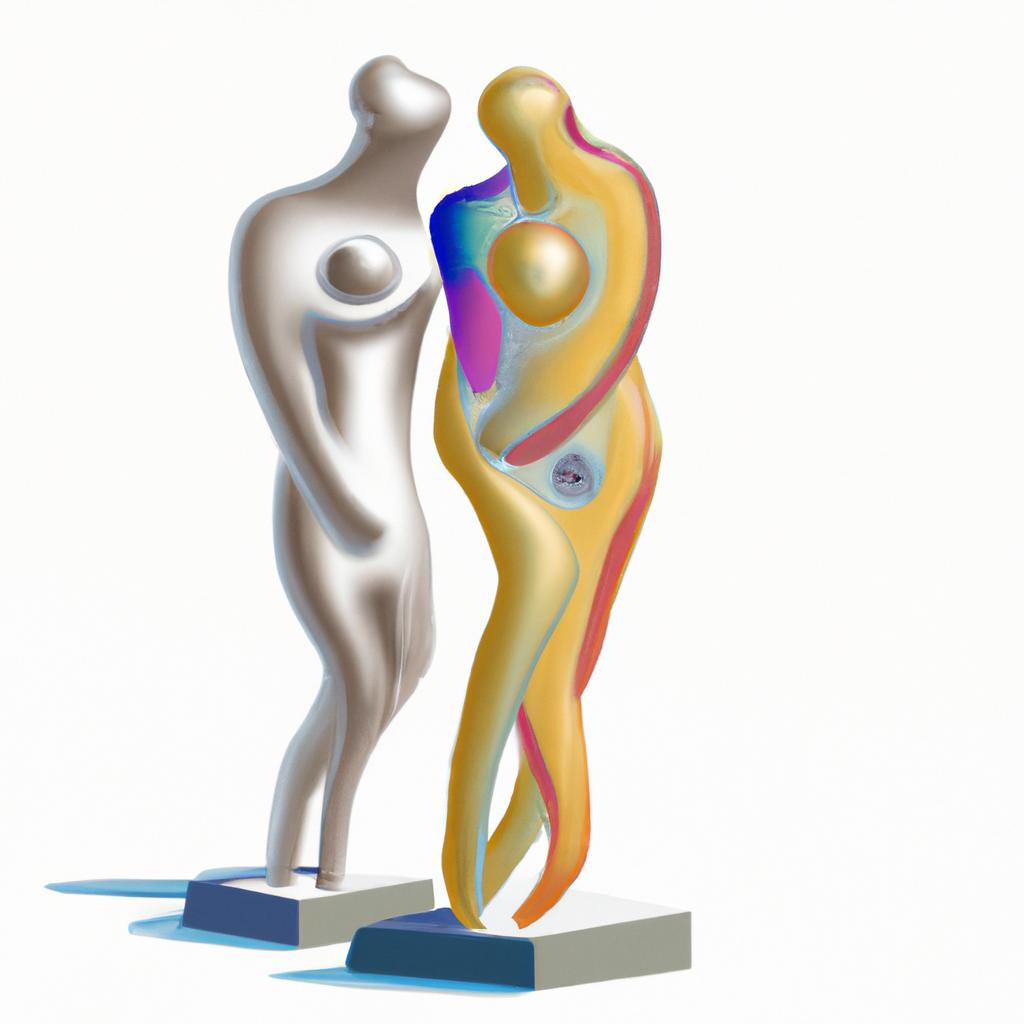
Since its installation in 2010, “Man and Woman” has evoked a mixed response from the public. Many admirers praise its emotive quality and its ability to communicate intricate themes through visual storytelling. However, some critics argue that the merging of the figures’ heads reinforces binary gender systems and perpetuates gender stereotypes. Yet, others commend the sculpture for transcending gender boundaries, speaking to universal matters of human relationships and the complexities of the human psyche.
Despite receiving criticism, “Man and Woman” has endured as a beloved and iconic piece of contemporary art. Its emotive power, unique design, and profound visual metaphor have solidified its place as a symbol of Kvesitadze’s artistic vision and her exploration of gender and the human condition.
Tamara Kvesitadze’s Impact on Art and Society
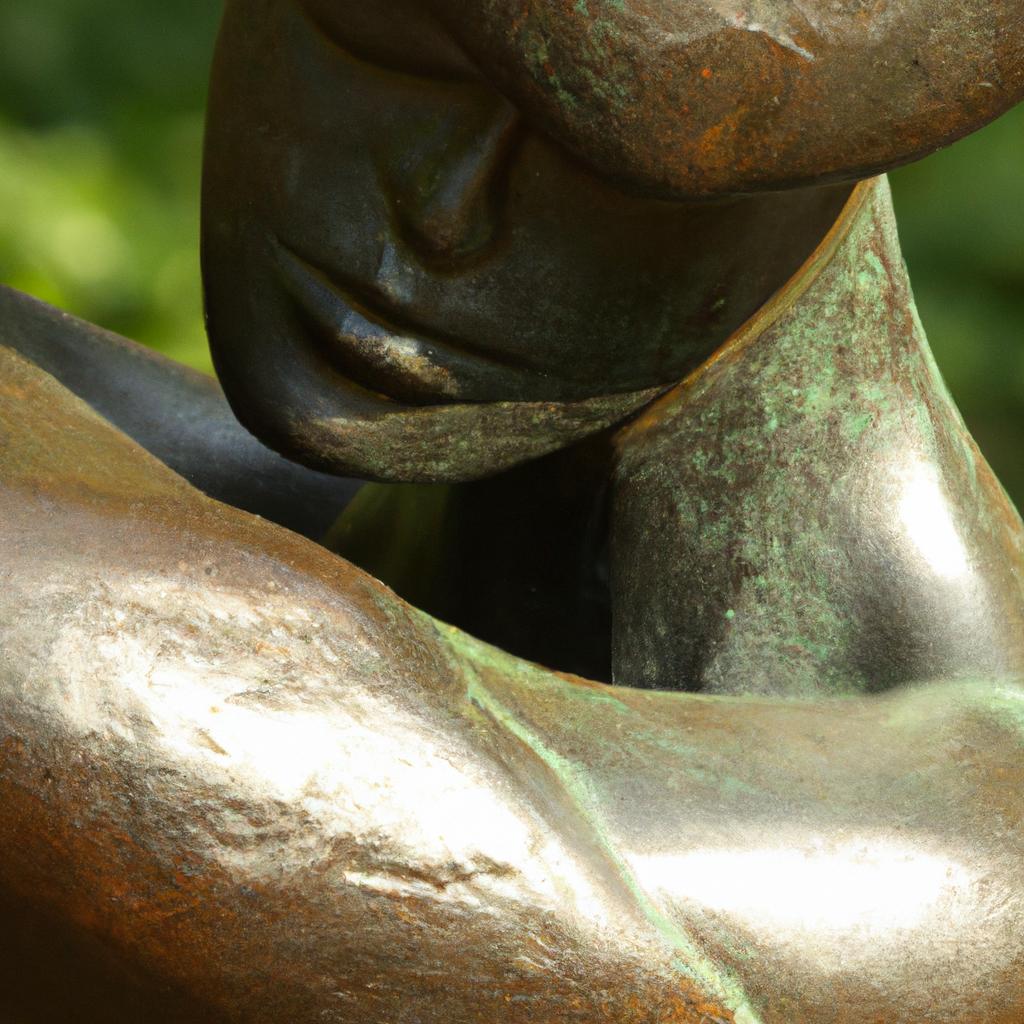
Tamara Kvesitadze’s influence on contemporary art cannot be overstated. Her distinctive style and sculpting approach have inspired countless artists worldwide, earning her numerous accolades and awards.
The “Man and Woman” sculpture, in particular, has sparked meaningful conversations regarding gender roles and relationships. Depicting two figures, a man and a woman, gradually gravitating towards each other until merging into one entity, the sculpture’s symbolism has taken on various interpretations. Widely recognized as a powerful representation of the intricacies of human relationships and the challenges individuals face in finding their place in the world, it has also been lauded for challenging traditional gender stereotypes. By presenting the man and woman as equals with unique strengths, Kvesitadze makes a bold statement about the importance of gender equality.
Conclusion
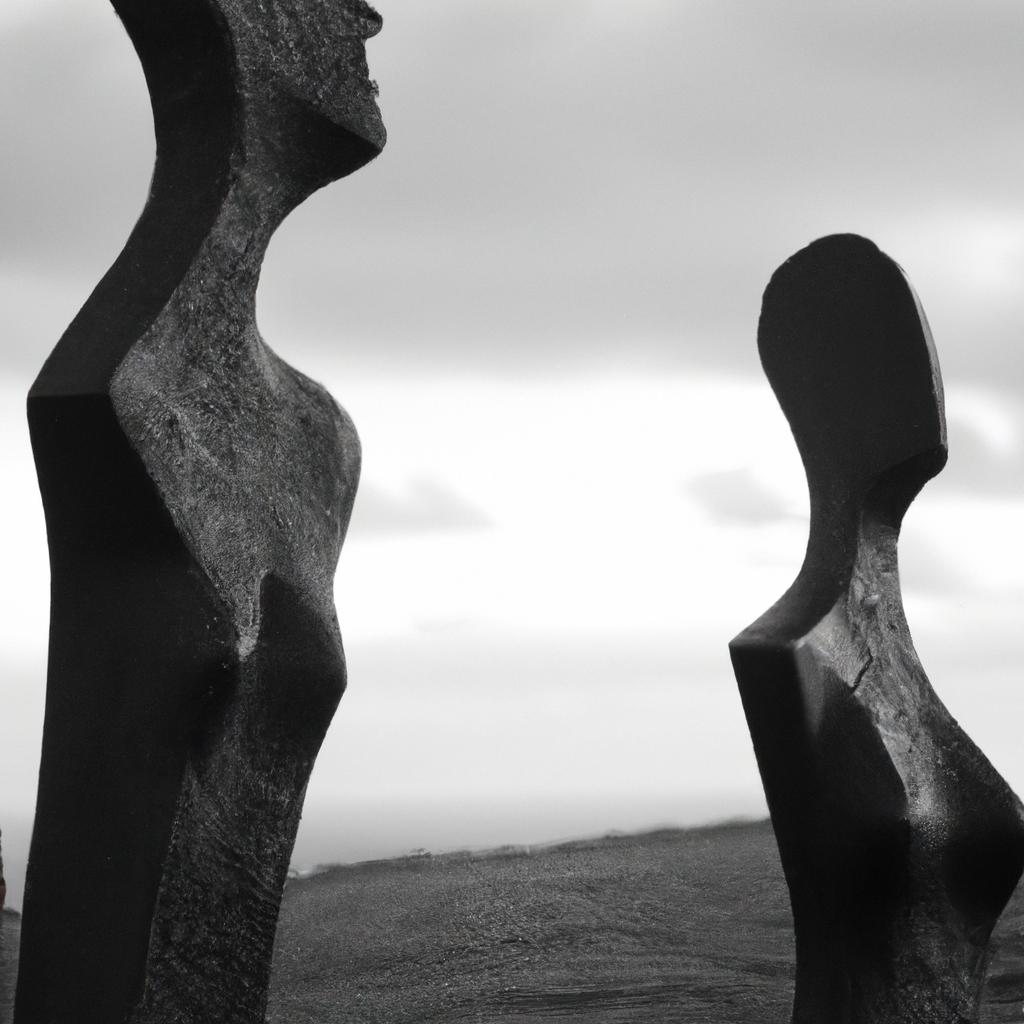
Tamara Kvesitadze’s contributions to the art world are nothing short of remarkable. Her distinctive approach to sculpture continues to inspire and challenge artists worldwide, pushing the boundaries of art and creative expression. The “Man and Woman” sculpture, a symbol of her artistic vision, has had a profound impact on conversations surrounding gender and relationships.
As TooLacks, we firmly believe that Kvesitadze’s work will continue to inspire artists, igniting profound discussions for years to come. Her ability to capture the complexities of the human experience through sculpture serves as a testament to her skill and artistic vision. We eagerly await Kvesitadze’s future creations, anticipating the lasting impact they will have on the art world and society as a whole. To learn more about TooLacks, visit us here.
